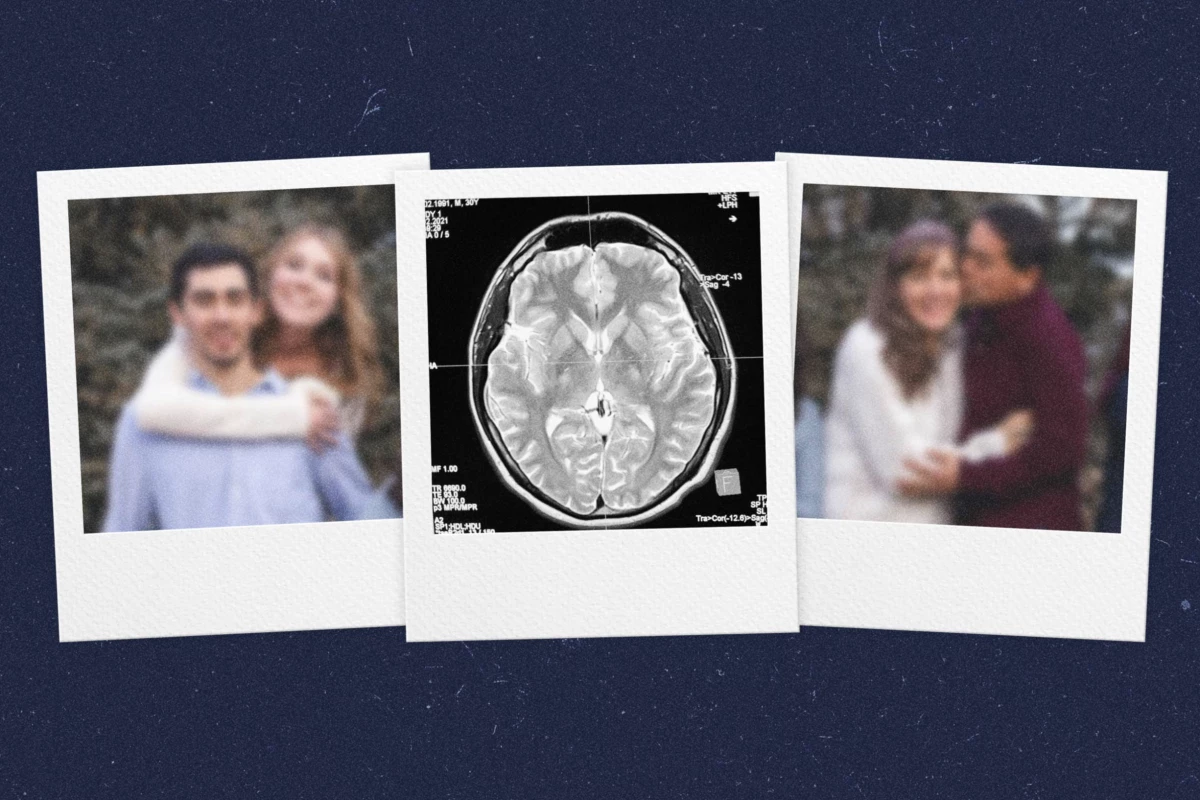Researchers have introduced a novel method that significantly enhances the accuracy of brain-state classification using functional near-infrared spectroscopy (fNIRS). This innovative approach leverages the unique characteristics of fNIRS, a non-invasive imaging technique that measures neural activity by detecting variations in blood flow and oxygen levels in the brain.
fNIRS is particularly advantageous in clinical contexts due to its portability, cost-effectiveness, and reliability, even when patients are in motion. Despite these benefits, traditional data analysis methods for fNIRS have lagged behind those used in other imaging techniques.
Harnessing Dual Signals for Enhanced Insights
An international research team led by Tim Näher from the Max Planck Institute for Biological Cybernetics in Tübingen, Germany, has developed a new classification method that utilizes the dual nature of fNIRS signals. Unlike other brain imaging modalities, fNIRS captures both oxygenated and deoxygenated blood, providing complementary insights into brain activity.
“This unique duality does not imply redundancy,” Näher explains. “Instead, it enables us to gain a deeper understanding of brain function.” By applying advanced mathematical techniques from Riemannian geometry, the team effectively harnessed these signals to improve classification accuracy.
To validate their method, the researchers engaged healthy participants in eight distinct mental tasks, such as visualizing playing tennis or rotating an object mentally. Their new computational framework demonstrated a remarkable ability to classify these tasks accurately, far exceeding the precision of conventional methods.
Potential for Diagnosing Disorders of Consciousness
The implications of this research extend beyond mere classification. The results could significantly impact the diagnosis of disorders of consciousness, conditions that are notoriously difficult to assess. Patients often exhibit minimal movement or communication capabilities, complicating the determination of their awareness levels. Accurate diagnoses are crucial for effective treatment and prognosis.
In collaboration with Lisa Bastian from the University of Tübingen, Näher undertook a second study aimed at assessing consciousness in non-responsive patients. Conducted in Bettina Sorger’s lab at Maastricht University, this research utilized a new fNIRS paradigm that distinguished between states of awareness and unresponsiveness.
Participants were instructed to either perform a mental task, simulating awareness, or to remain inactive. The combination of the innovative fNIRS paradigm and the advanced data analysis method proved highly effective, accurately identifying responsive brain states every time and recognizing unresponsive states in nine out of ten cases.
“We have provided proof of concept that our new fNIRS framework can serve as a fast, objective, and accessible tool for more reliable diagnoses and better treatment decisions regarding disorders of consciousness,” Näher states. “The logical next step is to test our method in actual patient populations.”
The findings from these studies have been published in the journal Neurophotonics. The research articles, titled “Riemannian geometry boosts functional near-infrared spectroscopy-based brain-state classification accuracy” and “Sensitive and specific fNIRS-based approach for awareness detection in disorders of consciousness: proof of principle in healthy adults,” highlight the potential of this method for advancing brain-state detection and diagnosis in clinical settings.







